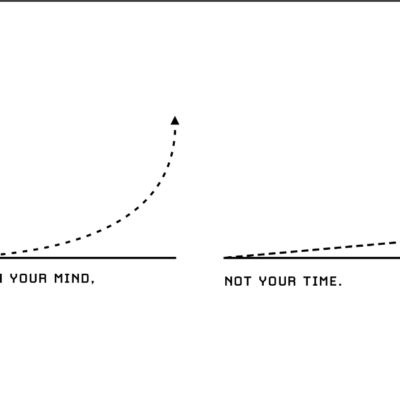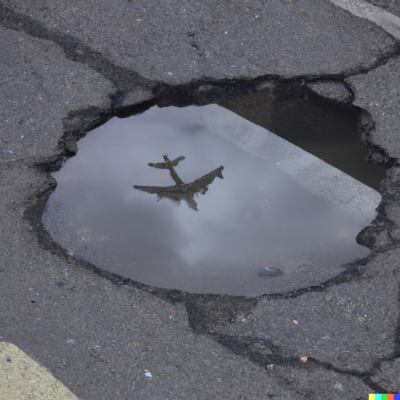New constraints push us to innovate.
The Coronavirus pandemic put all sorts of constraints on all sorts of businesses. Travel industry was greatly impacted. While some sat back with their fingers crossed, hoping that it’d all be over soon, other began innovating.
Airbnb launched Online Experiences which allowed people to attend shows and social activities remotely via video calls. Shopify integrated virtual shopping technology in its e-commerce platform. Facebook, which at this point had been working on VR technology for years, took a bold move and declared itself as a Metaverse-first company.

Our desire to explore new places will always be there, irrespective of whether travel will actually be possible or not.
Travel bans are now lifting. It may be that the pandemic is moving towards a conclusion.
Does it mean that all these innovations will go to waste?
Hardly.
Innovations are not tied down to the use-case for which they were originally designed. Computers were originally designed to help scientists with calculations. Bubble wrap was originally invented for wallpapers. Once they’re there, innovative solutions find ways into other areas.
Future of VR technology in travel industry
The convenience and affordability of virtual travelling will continue to keep it relevant even after the pandemic.
Then there is this other constraint on the horizon, bigger perhaps even than the pandemic itself, which may make VR technologies absolutely critical. Climate change.
This year’s climate report from the UN paints a dismal picture. To keep the situation from worsening, countries need to cut down emissions 43 percent by 2030.
With governments and companies taking their carbon footprints more seriously and general public getting more conscious about it, virtual tourism is likely to become a popular activity. If 7 million people chose to watch a 3-hour video of a train ride, a realistic and more engaging experience would attract many to say the least.
The VR technology isn’t there yet, but it’s quickly evolving. Super-sharp displays adapted for VR applications have been developed. Almost every big company is working on the audio aspects of VR too. Technologies that will make it possible to touch virtual objects are also coming.
How will a virtual travelling experience look like?
A recent patent obtained by Amazon shows how virtual tourism would be different from watching a video.
In a likely implementation of this technology, a person will guide you around the place you are visiting. It could be a guide or it could be your friend. You will ‘join’ this person virtually, for example, by sitting in front of a TV or with a VR headset.

The person will be carrying a camera with them, which will be mounted on a movable platform. You will be able to control the direction in which the camera is looking, probably simply by moving your head around. In effect, you’ll be able to ‘look around’ the scene freely.
It may not sound like much but the effect can actually be surreal. See this video for a hint:
Talking about moving around a remote place, one thing that comes to mind is Google Maps street view – except that it’ll not be static. It will be real-time and high definition – both in terms of audio and visuals – and as a result, more life-like.
Your friend will ‘carry you around’ the place and you’ll be able to talk with him/her just as if they’re there right besides you. You can get a glimpse of how it might look like in this video:
What I am personally rooting for are not people to carry me around but mobile robots which I can control remotely. Wouldn’t that be fun! Agree? Subscribe to the newsletter below so that I can keep you posted on it.
P.S. Cover Photo by Brian Wangenheim on Unsplash


